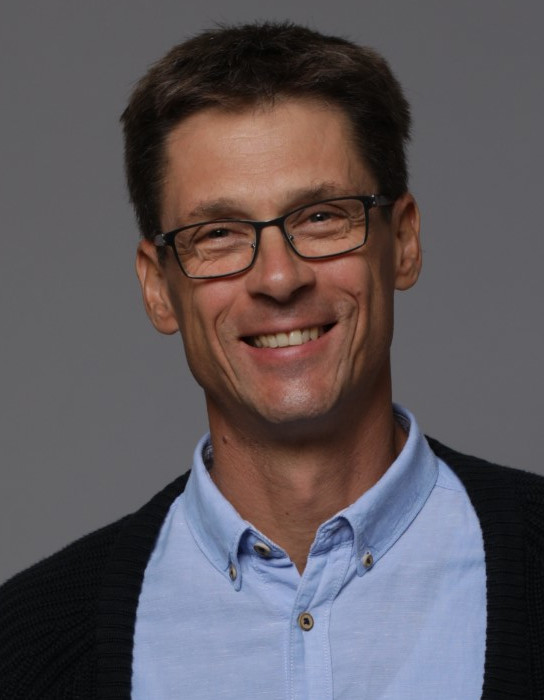Quantum Computers
Data is displayed for academic year: 2023./2024.
Lecturers
Course Description
Introduction to quantum mechanics with necessary elements of linear algebra. Dirac's notation. Classical vs. quantum bit and representation of the quantum bit state on the Bloch sphere. Quantum encription: quantum key distribution protocol BB84. Entanglement in quantum systems. Unitarity of quantum mechanics and time evolution of the quantum state. Quantum gates and algorythms: Deutsch algorithm, Shor factorisation algorithm, Grover search algorithm. Overview of candidate technologies for physical realisation of quantum computers: photon polarisation, nuclear magnetic resonance, ion traps, neutral atoms, Superconducting Josephson junction, quantum dots.
Study Programmes
University undergraduate
[FER3-EN] Computing - study
Elective Courses
(5. semester)
[FER3-EN] Electrical Engineering and Information Technology - study
Elective Courses
(5. semester)
Learning Outcomes
- explain the principles of quantum mechanics
- apply Dirac notation in simple calculations in quantum mechanics
- identify the state of the quantum bit on the Bloch sphere
- describe the quantum key distribution protocol BB84
- explain entanglement in a qantum systems
- describe the Deutsch and Shor quantum algorythms
- outline the basic features of candidate technologies for physical realization of quantum computers
Forms of Teaching
Lectures
Exercises
Partial e-learning
Exercises
Partial e-learning
Grading Method
| Continuous Assessment | Exam | |||||
|---|---|---|---|---|---|---|
| Type | Threshold | Percent of Grade | Threshold | Percent of Grade | ||
| Homeworks | 0 % | 20 % | 0 % | 20 % | ||
| Mid Term Exam: Written | 0 % | 40 % | 0 % | |||
| Final Exam: Written | 0 % | 40 % | ||||
| Exam: Written | 0 % | 80 % | ||||
Week by Week Schedule
- Introduction to quantum phenomena: polarization of light, Malus' law, probability, probability amplitude and interference, quantum bit (Qubit)
- Example: Quantum key distribution protocol BB84
- Principles of quantum mechanics: Representation of state by vectors in complex Hilbert space, Born's rule and measurement, unitarity of evolution, Scrhroedinger equation.
- Matrix representation of states and operators
- Representation of qubit state on Bloch's sphere, qubit realisation through projection of spin 1/2.
- Composite systems: pure and mixed states, entanglement, state operator (density matrix)
- Examples: teleportation, dense coding
- Mid-term exam
- Reversibility of quantum logical circuit and reversibility of classical logical gates
- Quantum logic gates (operators): Pauli X, Y, and Z gates, R, S, and T-gate, Haddamard gate, SWAP operator, control-NOT gate and universal control gate, Toffoli and Fredkin gates, useful identities
- Deutsch and Deutsch-Jozsa algorithms, implementation in IBM QX
- Grover's algorithm for unstructured database search, implementation in IBM QX
- Quantum Fourier transform and Shor's algorithm, implementation in IBM QX
- Physical realisation of quantum cmputers: DiVicenzo criteria, photonic systems, superconducting Josephson junctions, quantum dots, nuclear magnetic resonance
- Final exam
Literature
Saša Ilijić (.), Kvantna računala: fizika, informacija i algoritmi (skripta u pripremi),
For students
General
ID 223355
Winter semester
5 ECTS
L1 English Level
L1 e-Learning
45 Lectures
0 Seminar
15 Exercises
0 Laboratory exercises
0 Project laboratory
0 Physical education excercises
Grading System
85 Excellent
75 Very Good
65 Good
55 Sufficient


 Pristupačnost
Pristupačnost